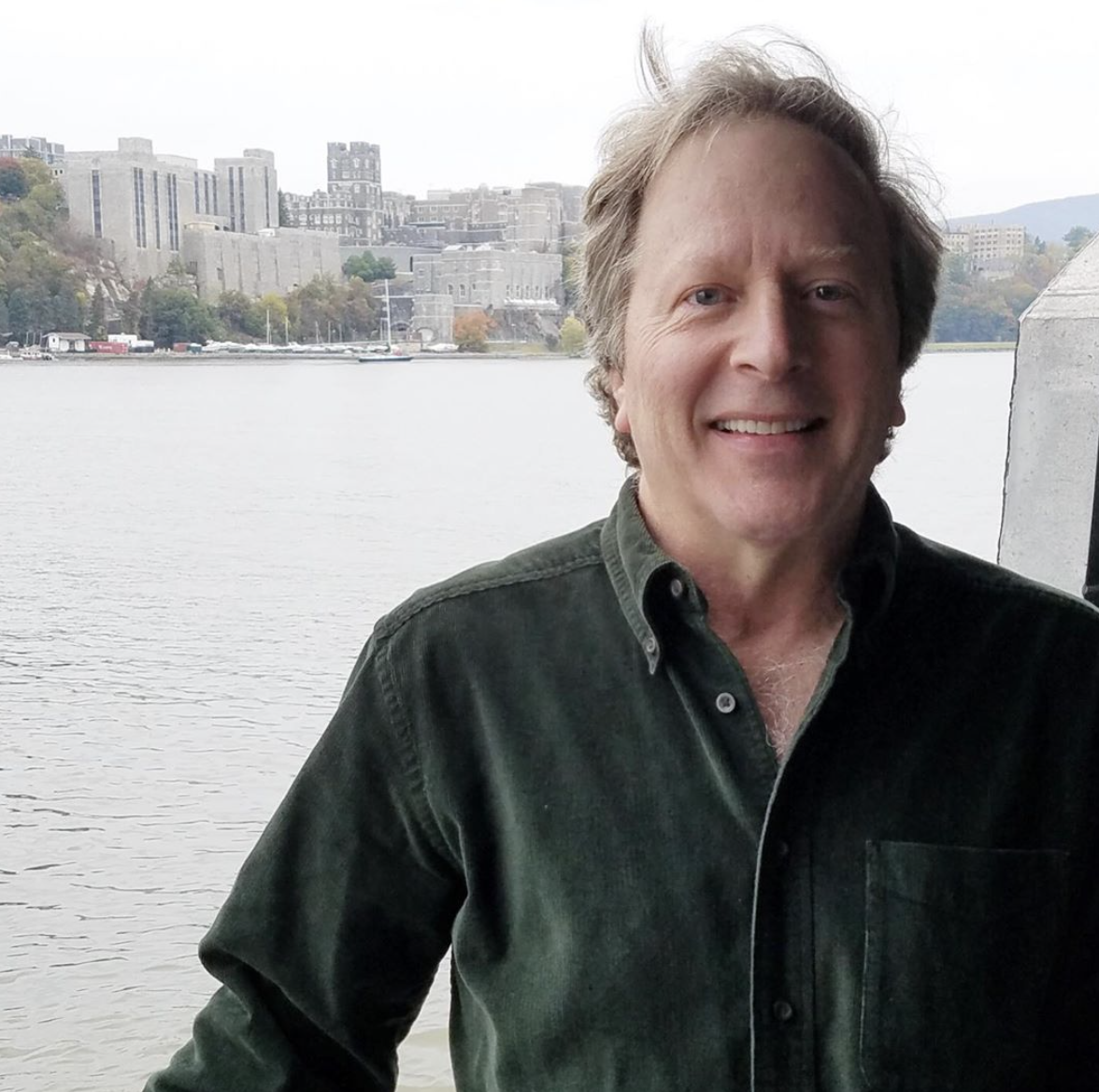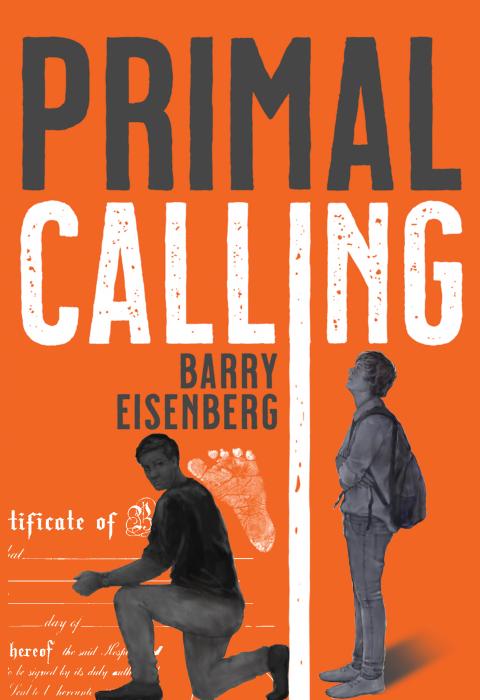The Pandemic and the Healthcare System: Where do We Go from Here?
Recently, I was invited to write an article about the impact of the pandemic on our healthcare system for a SUNY journal, to be published in the spring. I wrote it just as we were approaching the year anniversary of COVID-19 being declared a pandemic. For a year now, our lives, our conversations, our relationships have been dominated by its all-consuming nature. A year ago, for so many of us, this new virus was a thing somewhere else, wherever that might be, maybe a nursing home in Washington or a confined community in New York. It was very real, yet also very abstract. Scary, for sure, but for the brief period in February and very early March, it was distant from most of us. That period lasted for the metaphorical equivalent of a minute.
For me, it hit home in two ways in those early days. First, all my students work in healthcare, and while the majority work in management positions in hospitals, many have front line caregiving responsibility. From the very outset, they had to devote long hours to managing an illness with uncertain and potentially lethal implications. So many expressed fears about what they might be exposing their families to. And all the while they had the same non-work-related obligations as do many of us, like helping their home-bound children adjust to online school or care for an elderly parent. My students’ stories were at once heartbreaking and inspirational. When we hear terms like “heroes” applied to healthcare workers, the stories I heard every day made me so aware of how deserving they are of that designation.
.jpg)
The second way it hit home was a bit of a double whammy. At the same time that I learned that James Boudwin, our beloved family physician of over 30 years, had contracted COVID and died, two of our closest friends, a married couple, became suddenly seriously ill with the virus and were placed on ventilators. Fortunately, miraculously, they survived and are doing well. Again, this was early on, before we arrived at the point at which most of us knew someone who had COVID or, at the very least, knew someone who knew someone who did. It was incredibly sad and worrisome, but it was also numbing, jarring, a wake-up call that no one’s orbit was to be immune from loss, from the pain of a loved one succumbing to an illness that would shroud the world.
So, as I wrote about the lessons of the pandemic for our healthcare system, nearly a year after those stunning early weeks, it was impossible to shed the feeling of how deeply and dreadfully impactful this virus has been for countless numbers of people. Nicolle Wallace concludes her daily MSNBC news show with a segment entitled Lives Well Lived. Each day, she profiles someone whose life was claimed by COVID. Often, what families talk about missing most are the small things, the seemingly insignificant moments of the day… the cookies a Mom baked, a Sunday drive through a park with his wife, the glee in a grandfather’s eyes as he got a hug from a grandchild. What was lost is irreplaceable.
In my role at the college, I teach healthcare management and health policy. But the images and stories all around us, so poignantly captured in Lives Well Lived, keep me fixed on the very human aspects of this moment in time. They remind us of the importance of doing better next time, of not only responding more capably in the event of another health crisis, but in strengthening our capacity to anticipate them.
Below is an abridged excerpt from the introduction of the article.
I’d love to hear your thoughts!
One of my students, who is a nurse, described the final few moments in the life of one of her patients. In his 80s, he contracted COVID-19 at a small family gathering he believed to be safe. He was put on a ventilator for two weeks. A few days following its removal, he went into respiratory distress. He labored to breathe, gasping for every precious breath. It was clear he would not survive. He asked if he could say goodbye to his son, but visitors were not permitted in the hospital. The nurse FaceTimed his son from her phone. She wasn’t successful in choking back her tears. They landed on the inside of the protective shield covering her face, blurring her view of his son’s anguish. But she could hear him straining to contain his sobs, his voice cracking with helplessness. It was painful for her, but at the same time, she was numb from all the sickness and death all around her. A moment into the call, the patient in the next ICU bed, also suffering from COVID-19, lapsed into cardiac arrest, triggering what hospitals call a “code.” As part of the code team, the nurse was required to rush to him. She had to end the FaceTime call.
How does one keep going when no moment is free of urgency, when lives are taken in numbers so vast they defy comprehensibility? Could the magnitude of this suffering have been prevented? Since the pandemic hit, sentiment in the public health community has been forming that the national response throughout 2020 was woefully inadequate, and we likely experienced substantially more spread of the virus and deaths than we should have.
Reliable judgments about the degree to which a more effective response could have contained the extent of contagion and the death toll will take some time and sober analysis. But a tragic picture is taking shape, revealing that the impact on those working in the industry has been severe; a survey by Mental Health America (n.d.) reported that the workforce is “Stressed out and stretched too thin: 93% of health care workers were experiencing stress, 86% reported experiencing anxiety, 77% reported frustration, 76% reported exhaustion and burnout, and 75% said they were overwhelmed” (para. 6).
The effect on hospitals has also been dramatic. For example, Research and Markets (2020) forecasted that when all is said and done, hospitals will have lost $323 billion in 2020 due to COVID-19 and that operating room (OR) volumes will have declined by 35%, due largely to cancellations of elective surgeries and anxiety about going to a hospital for surgery in general during a pandemic. Hundreds of hospitals across the country, especially those serving rural communities, have a heightened risk of bankruptcy and closure. Those with limited financial reserves or that rely on nonpatient care revenue sources, such as government subsidies and grants, are at greatest risk (Center for Healthcare Quality and Payment Reform, 2021).
Indeed, the pandemic has exposed weaknesses and vulnerabilities in our health care system that have been there all along. Perhaps chief among them -- and this relates to society more broadly -- is the shameful inequity in our system, dramatically verified by the pandemic. Simply put: If you are Black, brown, or poor, your chances of contracting COVID-19 and dying from it are higher than those of your white counterparts in middle- and higher-income brackets. This disparity didn’t start with the pandemic. A recent study conducted by researchers at New York University examined life expectancy across 500 cities. They found that as racial and ethnic segregation in neighborhoods increased, so did the life expectancy gap (NYU Langone Health News Hub, 2019). Among the most glaring of such gaps was found in the Chicago suburbs of Streeterville and Englewood, just nine miles from one another. The average life expectancy in Streeterville, a relatively affluent white suburb, is 90. Englewood, a poor African American community, has a life expectancy of 60 – a gap of thirty years (Associated Press, 2019)!
COVID-19 has shed a spotlight on the issue of racial disparity that should make it impossible to ignore. Black people have died at a rate 1.7 times greater than white people (Peck, 2020). The Centers for Disease Control (CDC) found that Black, Hispanic, and Native American people were approximately four times as likely to be hospitalized for COVID-19 as white people (Chavez & Howard, 2020). In a late November 2020 Pew survey, “71% of Black Americans are likely to say they know someone who has been hospitalized or died as a result of COVID-19, compared with 61% of Hispanic, 49% of [w]hite and 48% of Asian American adults” (Howard & Andrew, 2020, para. 4).
Needless to say, these disparities are unsettling. Certainly, the problem extends beyond health care to sociocultural and socioeconomic underpinnings with deep historical roots that make it easier for some to access and enjoy the fruits of society while others are confined to the sidelines. If there is a silver lining to the pandemic -- admittedly, a peculiar sentiment in light of the perverse price we have paid -- it may be that we can no longer turn a blind eye to the disparities in health care. Fixing this national humiliation involves dismantling the barriers that have made it impossible for all to experience health care ¾ good quality health care ¾ as a basic human right.
But the pandemic uncovered other weaknesses in our health care system as well, weaknesses not unrelated to the uneven distribution and availability of care. These involve a failure to be fully -- make that adequately -- prepared for a broad-based health crisis like a pandemic; an inability to mobilize a coordinated response on a regional level, for example, in which resource sharing might occur; insufficient support for health care workers exposed to health risks and undue stress; a consolidation of hospital systems that has weakened governance at the local hospital level; and, of course, the enfeebling of the Affordable Care Act (ACA), slowing the pace of achieving universal coverage and diluting population health initiatives that, among other things, bring health care resources more directly into communities.

